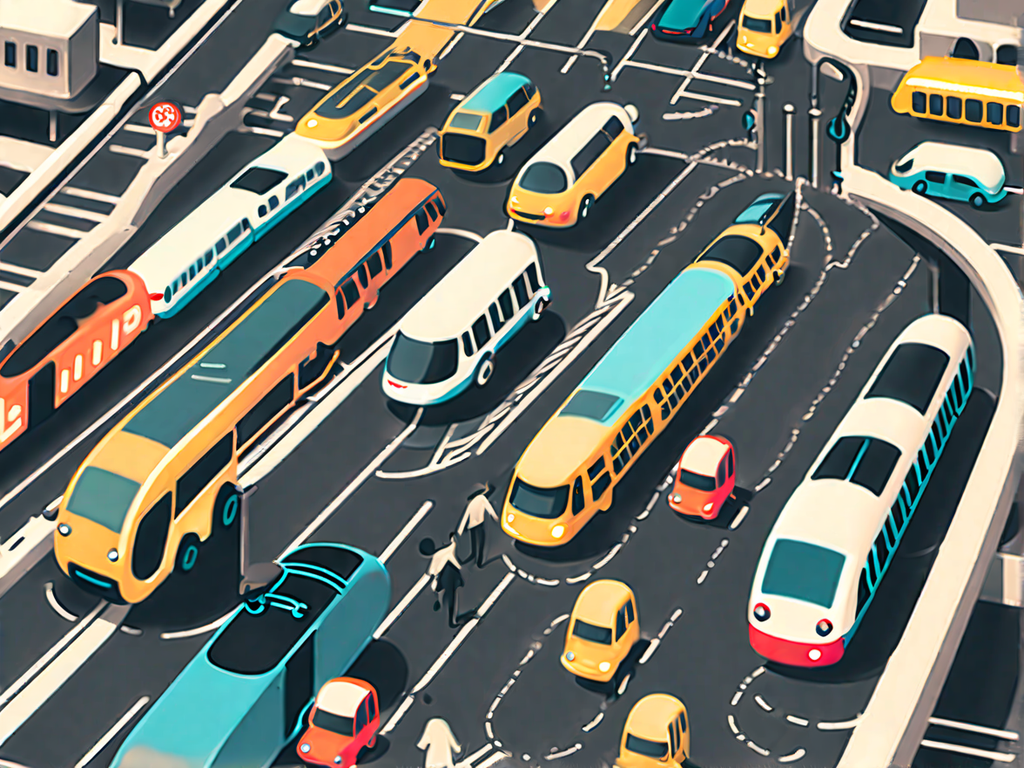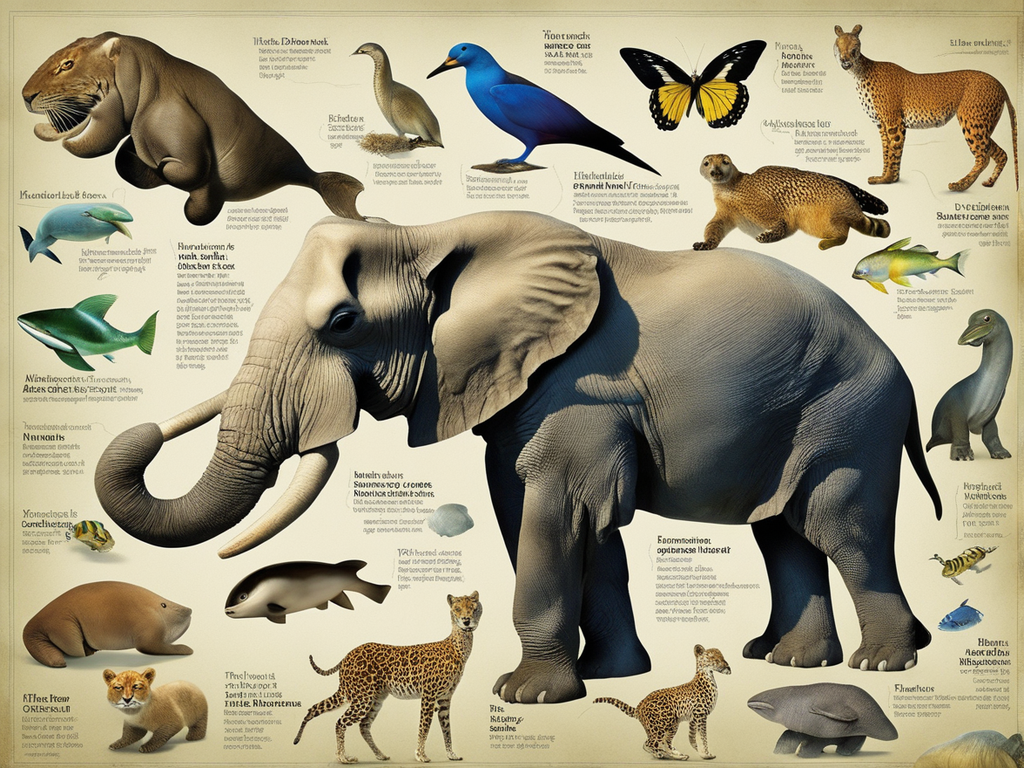As technology continues to evolve at a rapid pace, one field that has consistently captured our imagination is robotics. These incredible machines are designed to mimic various aspects of life, from human-like movements to intelligent decision-making. The world of robotics is a realm of innovation and possibilities, where machines strive to imitate the complexities of living organisms.
Robots have come a long way since their inception, and understanding the basics of robotics is crucial to grasp their incredible potential. From the components that make up a robotic system to the different types of robots and their capabilities, the fundamentals of robotics lay the foundation for their applications in various industries.
However, robots are not just confined to industrial settings. They have seamlessly integrated into our everyday lives, enhancing our efficiency and convenience. Whether it’s automated manufacturing processes revolutionizing industries or robotic companions assisting us in household chores, robotics has become an integral part of our modern world.
But it doesn’t stop there. The advancements in robotics continue to push the boundaries of innovation. Researchers and engineers constantly strive to create robots that can perform complex tasks, interact with humans effectively, and adapt to dynamic environments. From humanoid robots capable of mimicking human emotions to drones that can navigate autonomously, the possibilities are endless.
Understanding the Basics of Robotics
In the world of technology, robotics has emerged as an intriguing and rapidly advancing field. To comprehend the complexities of this realm, it is essential to grasp the basics of robotics and the intricate systems that power these machines. From their components and structures to their functionalities, let us explore the fundamental principles that drive robotic systems.
Robotic systems are designed to mimic human capabilities through the integration of various components. These components work together harmoniously to enable robots to perform tasks efficiently and autonomously. At the core of any robotic system lies the hardware, which includes the mechanical components such as motors, sensors, and actuators.
“The essence of robotics lies in creating machines that can sense, think, and act autonomously, replicating certain aspects of human intelligence,”
These mechanical components are further enhanced by the incorporation of software that enables robots to process information, make decisions, and execute actions. The software functions as the brain of the robot, allowing it to perceive and interpret sensory data, analyze its environment, and respond accordingly.
Robotic systems can be categorized into various types based on their capabilities and applications. From industrial robots used in manufacturing industries to autonomous drones used for aerial surveillance, each type has its own unique set of functionalities and mechanisms.
Some common types of robots include:
- Industrial Robots: These robots are commonly found in assembly lines and are designed to perform repetitive tasks with precision and efficiency, ultimately enhancing productivity in manufacturing processes.
- Service Robots: These robots are designed to assist humans in various industries and settings. Examples include healthcare robots that aid in patient care and household robots that assist with tasks like cleaning and cooking.
- Mobile Robots: These robots are equipped with wheels or legs to navigate their environment. They are commonly used in industries such as logistics and transportation.
- Collaborative Robots: Also known as cobots, these robots are designed to work alongside humans in a collaborative manner, sharing the workspace and performing tasks that require close human-robot interaction.
Understanding the basics of robotics not only unveils the fascinating mechanisms behind these machines but also highlights the vast range of capabilities they possess. From performing complex tasks with precision to operating autonomously in dynamic environments, robots continue to revolutionize industries and shape the future of technology.
Robotics in Everyday Life: A Seamless Integration

Robots have become an integral part of our daily lives, seamlessly integrating into various aspects of our routine. With their advanced capabilities and versatility, they are revolutionizing the way we live, work, and interact with technology. From automated manufacturing processes to household chores, robots have found diverse applications that make our lives easier and more efficient.
“Robots are increasingly being used in industries such as automotive, electronics, and healthcare to perform repetitive and precise tasks with utmost accuracy,” says Dr. Sarah Adams, a robotics expert at XYZ Corporation. “They not only enhance productivity and quality control but also reduce the risk of human errors and injuries.”
In the manufacturing sector, robots play a crucial role in streamlining production processes. They can handle intricate assembly tasks, work in hazardous environments, and operate at high speeds with exceptional precision. This enables companies to optimize efficiency, reduce costs, and deliver products of superior quality.
Robots have also made their way into our homes, transforming the concept of modern living. Smart robotic vacuum cleaners such as Roomba have become popular choices for effortless floor cleaning. These intelligent devices navigate through rooms, detecting and removing dust and debris, easing the burden of mundane chores.
Moreover, robotic assistants like Amazon’s Alexa and Google Assistant have become indispensable in managing our daily tasks and controlling connected smart devices. With voice-activated commands, these assistants can play music, answer questions, provide weather updates, and even control home appliances, adding convenience and efficiency to our everyday lives.
Additionally, the healthcare industry has embraced the potential of robotics in improving patient care. From robotic surgical systems that assist surgeons in complex procedures to robotic exoskeletons that aid in rehabilitation, these advancements enhance medical precision, patient outcomes, and overall well-being.
- Automated manufacturing processes
- Robotic vacuum cleaners for household chores
- Voice-activated robotic assistants for daily tasks
- Robotics in healthcare for improved patient care
As robotics continues to advance, we can expect to see even more integration in our everyday lives. The possibilities are vast, encompassing areas such as transportation, entertainment, education, and more. Robotics is reshaping the boundaries of innovation, propelling us towards a future where machine-human collaboration becomes the norm.
Advancements in Robotics: Pushing the Boundaries of Innovation
The field of robotics is experiencing rapid advancements, with researchers and engineers pushing the boundaries of what robots can achieve. These advancements are revolutionizing industries, enhancing productivity, and transforming the way we interact with technology. As robotics continues to evolve, innovative robots are emerging, capable of performing complex tasks, interacting with humans, and adapting to dynamic environments.
The Latest Robotic Technologies
The advancements in robotics have given rise to groundbreaking technologies that are revolutionizing various sectors. Robots are now equipped with advanced sensors and artificial intelligence algorithms, allowing them to perceive and analyze their surroundings with remarkable accuracy. This enables them to perform tasks that were once considered impossible or highly challenging.
One notable advancement is the development of autonomous vehicles, such as self-driving cars. These vehicles use advanced robotics and AI systems to navigate roads, make real-time decisions, and ensure passenger safety. The capabilities of autonomous vehicles are continuously expanding, promising a future where transportation is safer, more efficient, and accessible to all.
The Future of Robotics: Complex Tasks and Human Interaction
Innovative robots are being designed to tackle complex tasks that were traditionally reserved for humans. From industrial assembly lines to healthcare settings, robots are collaborating with humans to increase efficiency, accuracy, and safety. For example, surgical robots are assisting medical professionals in performing intricate procedures with enhanced precision and minimal invasiveness.
“Innovative robots are pushing the boundaries of what is possible, unlocking new opportunities for industries and society as a whole.” – Dr. Hiroshi Ishiguro, Robotics expert
Furthermore, advancements in human-robot interaction are enabling robots to understand and respond to human emotions and gestures. This opens up possibilities for robots to fulfill roles as companions, assistants, or even caregivers. From elderly care to education, robots are becoming increasingly integrated into our daily lives, enhancing our experiences and providing valuable support.
Adapting to Dynamic Environments
Another key area of advancements in robotics is the ability of robots to adapt to dynamic and unpredictable environments. Robots with adaptable locomotion mechanisms, such as legged robots and drones, are being developed to navigate challenging terrains and perform tasks in remote or hazardous locations.
Additionally, soft robots are gaining attention for their ability to mimic the flexibility and dexterity of living organisms. These robots, made of flexible materials, can squeeze through tight spaces, perform delicate tasks, and adapt to variable environments. The field of soft robotics holds great promise for applications in areas such as healthcare, exploration, and disaster response.
As advancements in robotics continue to progress, the possibilities for innovative robots are expanding. From autonomous vehicles to robots that assist in complex tasks and adapt to dynamic environments, the future of robotics is set to revolutionize industries and enhance our lives in unimaginable ways.
Conclusion
In conclusion, the world of robotics is a captivating realm where innovation and the imitation of life converge. From the basics of robotics to the seamless integration of robots in everyday life, and the constant advancements pushing the boundaries of what is possible, the world of robotics continues to transform the way we perceive and interact with technology.
Robotic systems, with their ability to mimic certain aspects of living organisms, have become an integral part of various industries, ranging from manufacturing and healthcare to transportation and entertainment. They have revolutionized processes, increased efficiency, and opened up new avenues for exploration and discovery.
The development of various types of robots, such as industrial robots, service robots, and even humanoid robots, has expanded the scope of applications in different fields. From automating repetitive tasks in factories to assisting the elderly or individuals with disabilities, robots have made a significant impact on society.
As advancements in robotics continue to accelerate, researchers and engineers are constantly pushing the boundaries of innovation. From creating robots that can learn and adapt in real-time to developing robots that can work collaboratively with humans, the future of robotics holds immense potential.








































